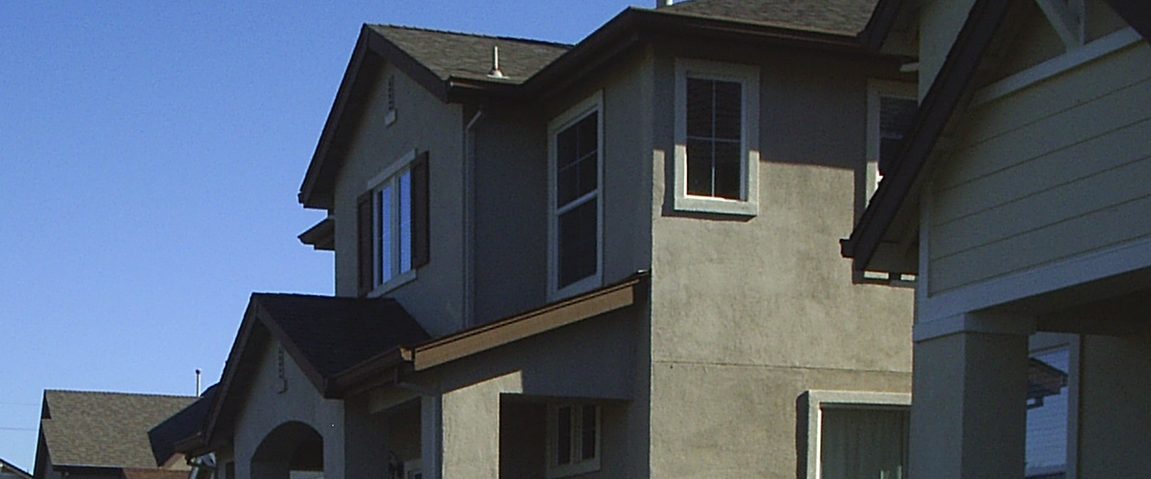Engaging customers in energy conservation has been a challenge for electric utilities. Utilities often rely on advertising and bill inserts to communicate with their customers. However, many of us overlook or disregard these messages. We have all heard about simple energy conservation tips like caulking windows, installing smart thermostats, and switching to LED bulbs. However, these are just the tip of the iceberg when it comes to integrating energy conservation into our daily lives.
Energy conservation campaigns often focus on a simple “use less – pay less” message. However, saving a few bucks is not usually enough of an incentive to create a lasting energy conservation mindset. This is especially true if we think about energy conservation in terms of sacrificing comfort and convenience. In other words, energy conservation can easily wind up in the same category as dieting and exercising. We know we should do it but the sacrifice seems too great. Fortunately, new technologies and approaches might cast energy conservation in a more positive light.
Conformity and Competition
One way to expand beyond the wallet is to utilize behavioral science. Behavioral science approaches to motivating energy consumers have been growing in popularity. Conformity is one example of a behavioral motivator applicable to energy conservation. In a simplified view, conformity is the act of matching behaviors to peer group norms. As some basic level, we seek to fit in with the crowd. Presenting us with information on how our energy consumption compares to that of other homes in our area can motivate us to make positive changes. Benchmarking our energy consumption creates pressure to conform.
Competition is another behavioral motivator tied to energy consumption benchmarking. Competition appeals to our natural desire for prestige, recognition, and social status. The desire to do better than the group average is a strong motivator for some consumers. Information on how our energy usage compares to other homes in the neighborhood can lead us to adopt sustained energy conservation practices.
Firms like Opower (now part of Oracle) and Bidgley have been successful in tapping into these underlying consumer behavior motivators. The results of behavioral science approaches are impressive. Bidgley’s pilot with PG&E in California demonstrated an average energy savings of 7.7% in addition to higher levels of sustained engagement with energy conservation. Similarly, Opower reported increased customer engagement in energy conservation practices. While these results are promising, some consumers view these programs as utility shaming and dislike this approach.
Energy Conservation Games
Why not make energy conservation into a game? Gamification refers to the use of game-playing elements in an activity to make that activity more interesting or fun. This approach to motivating energy conservation appeals to our need for achievement and reward. Apps offered by providers like Simple Energy convert energy conservation and energy efficiency into a game-oriented environment.
In 2015, the American Council for an Energy-Efficient Economy (ACEEE) released a very thorough and scholarly research paper on energy efficiency gamification. Their report presented an extensive list of case studies with games that involved energy saving challenges, incorporated real-time participant usage data, and some that were more focused on virtual worlds. Their result was that broadly targeted game-like efficiency programs could achieve energy savings of 3-6%. Energy savings in excess of 10% were possible with more narrowly targeted programs.
In conclusion, some consumers will actively engage in energy conservation without any prodding. They will regularly access their online energy usage data to monitor their consumption. They will invest in home automation controls and mobile apps that enable them to adjust thermostat set points and turn off appliances remotely. These energy consumers do not need benchmarks or games to motivate their participation. Technology alone is the key to their engagement. For most of us, however, these new approaches may hold promise for capturing and keeping our attention when it comes to energy conservation.


